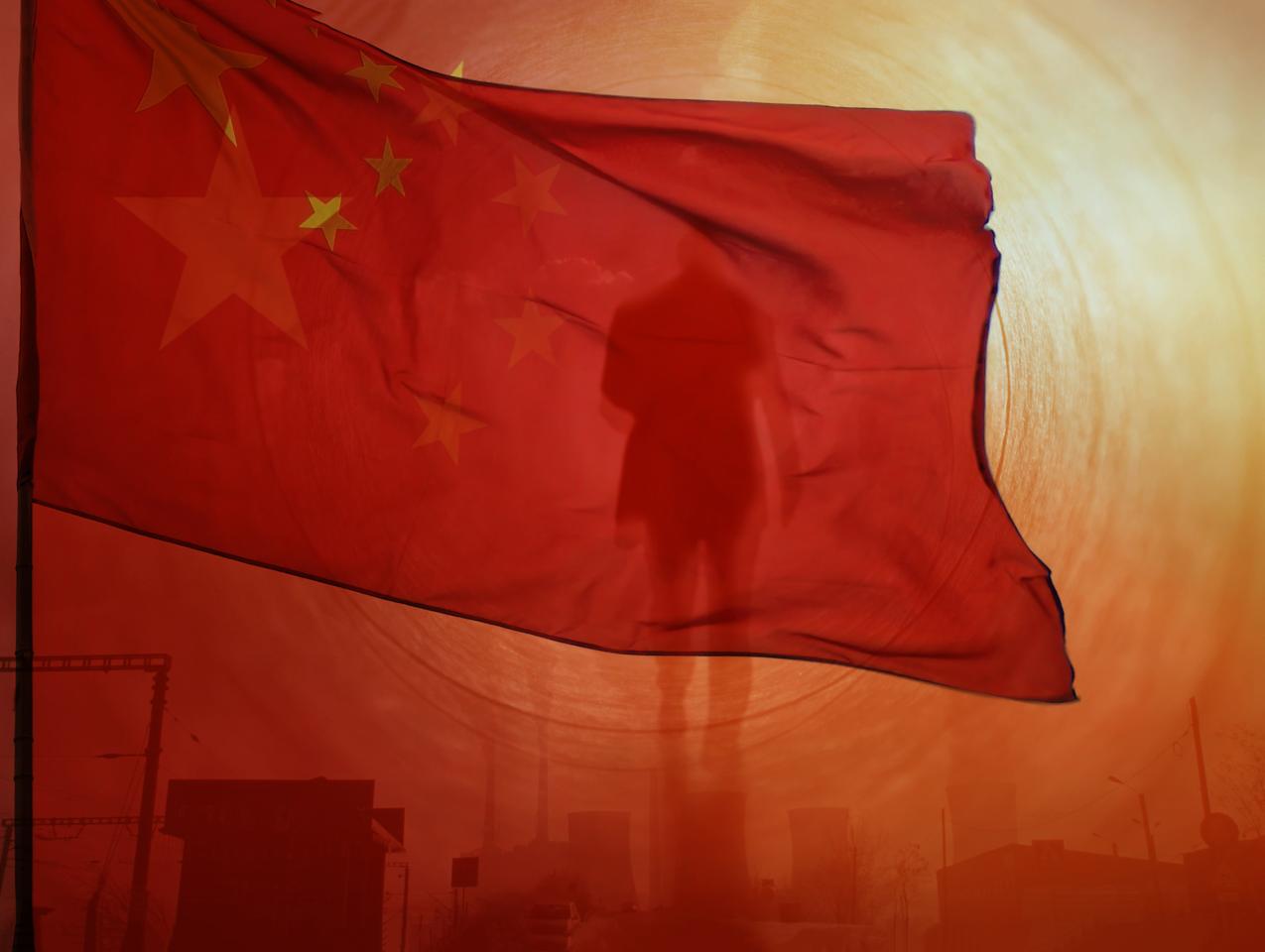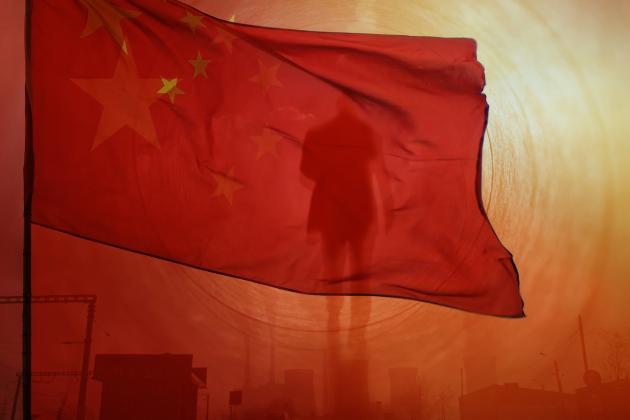We are living in the era of the surveillance state. People are starting to understand the political implications that the connections between technology and state power may have on individual privacy and civil rights. As Artificial Intelligence (AI) and facial recognition technology become available to states around the world, they are faced with making a choice whether to use them to monitor their own populations. While San Francisco just became the first city in the United States to ban the use of AI for policing, authoritarian states, like the United Arab Emirates, regularly consult and buy software from Chinese tech firms to control and monitor their own populations.
The funding of AI technology is deeply embedded in global flows of capital, a development that has been termed “surveillance capitalism.” US and European companies often fund the development of new technology in China. This means that democracies are complicit in the ways that authoritarian states use and deploy surveillance technology, and that it is becoming more difficult to disambiguate how flows of capital originating from democratic nations contribute to the monitoring and tracking of citizens living in authoritarian regimes.
Perhaps nowhere are the potential implications of AI and other new surveillance technologies as frightening as in China. For instance, in Xinjiang, a province in western China, a vast security apparatus has allowed the Chinese party-state to send over one million ethnic Uyghurs to detention centers and re-education camps.
These repressive practices did not take place overnight. Uyghurs recount that as early as 2010, incursions by the state into their personal lives and their personal electronic devices seemed innocuous and somewhat invasive. However, surveillance has since escalated , turning Xinjiang into a police state like no other. And, as data breaches become increasingly common in Chinese cities, questions regarding the collection of big data, internet censorship, and the rights of citizens to protection and privacy from an encroaching state may emerge as a polarizing factor between democratic and authoritarian states.
Xinjiang, the Uyghurs, and the Chinese surveillance state
By adopting the analytic lens of surveillance capitalism, we can connect a number of different threads about the Chinese party-state that have been circulating in the recent news cycle. The dissemination of AI technology from China to authoritarian regimes throughout the Middle East and North Africa presents an opportunity to see the connections between the oppression of Muslim minorities in Xinjiang, the escalating tensions between the United States and China, and China’s increasing engagement with authoritarian regimes in the Middle East. In turn, this highlights the potential new tensions and fault lines in the geopolitical landscape of Middle East politics.
Over the past two years, the media have reported extensively on the internment and extra-legal incarceration of Muslims living in western China. As word of the mass incarceration spread, official party-state rhetoric shifted from adamant denial that the camps existed to defending their presence as a way to eradicate terrorism.
In order to curb criticism, the Chinese government has been inviting journalists and dignitaries to participate in highly curated tours of Xinjiang. Some reporters gladly toe the party line, but others are skeptical and have criticized Beijing for what the party celebrates as a “breakthrough” in surveillance technology.
What is starting to become clear is that mass incarceration is part of a larger policy to silence religious authorities and eradicate alternative voices to the party-state. The government is razing mosques and forcing Muslim religious leaders in China to “integrate” Islam with “Confucian practices”. These are concerted and coordinated efforts at assimilation, or at what scholars often refer to as Sinicization.
The Xinjiang question is also spilling over into neighboring states because Kazakhs and Uyghurs flee China after being released from detention. However Pakistan, Afghanistan, and Kazakhstan rely heavily on Chinese investments, which complicates their response to the campaign against the Uyghurs.
A familiar criticism of surveillance AI involves a claim of bias in the algorithim due to insufficient metadata to accurately identify faces of minorities and people of color. Interestingly, this is not a problem in Xinjiang, as a result of the scope of the repression regime. The state has collected and stores sufficient data about the movement of people, along with body mechanics, facial mapping, and voice recognition of individual Uyghurs.
Authoritarian states in the Middle East and silence on the mass incarceration of Uyghurs
States that are willing to overlook the suppression of Muslim minorities in China are beneficiaries of technologies that allow them to augment surveillance of their own populations. This has been termed techno-dystopian expansion and is increasingly a tool sought out by authoritarian regimes.
Yet, authoritarian states in the Middle East cannot simultaneously acquire surveillance technology from China and criticize the party’s treatment of its Muslim citizens. Meanwhile, the Chinese government courts the Saudis in its ongoing efforts to ensure that Chinese firms secure bids to reshape the infrastructure and the technological future of North Africa and the Middle East. As a result, the Saudi regime has expressed public support for China’s oppression of Muslims.
Beyond Saudi Arabia, development aid from the Chinese government at minimum buys silence. For instance, the largest mosque in Africa recently opened in Algeria. The Great Mosque of Algiers is a sprawling building that accommodates 120,000 worshipers, and the project was partially funded and built by the China State Construction Engineering Corporation. Yet, the Algerian Government and other members of the Organization of Islamic Cooperation remain silent on the Xinjiang issue. This paradox is the crux of the continued silence from Muslim governments about the ongoing situation in Xinjiang.
Xinjiang is also central to the administration of China’s Belt and Road Initiative. Yet, at the heart of this expansive and amorphous initiative lays an underacknowledged contradiction: the theoretical freedom and flows of capital, ideas, and goods promised by BRI hinges on a space where freedom of movement is, in practice, severely limited and the state imposes draconian restrictions on the indigenous inhabitants. As long as the money keeps flowing for new infrastructure projects and surveillance equipment, it seems unlikely that any governments in the Middle East on the receiving end of this technology will raise the issue of the Uyghurs with Beijing.
The deteriorating US-China relationship and the future of surveillance in the Middle East
In a recent interview, Liu Mingfu, a professor at China’s National Defense University, indicated that if the United States continues to ramp up its ‘science and technology war’ against China, there could be ramifications not only for the United States, but also for the countries that fail to fall in line with China. In the near future, it is likely that US allies in the Middle East, such as Israel, will grow increasingly resistant to Chinese development schemes. At the same time, it is still unclear where countries in Middle East will fall in terms of their adaptation and implementation of surveillance technology.
What does seem clear is that the use of facial recognition technology by authoritarian states will become a new line in the sand for Washington. In places where there is a vibrant civil society, it is less likely that this type of surveillance will be tolerated. But authoritarian regimes can quickly acquire this tech from China. This poses the risk of bifurcating the region between states who deploy surveillance technology and states who do not.
As the trade war between China and the United States intensifies, the clash over the treatment of the Uyghurs could also escalate. Washington has been reluctant to impose Magnitsky sanctions on Chinese officials, and western businesses have continued to operate in Xinjiang without repercussions or even criticism from US officials. However, the case for imposing sanctions could be bolstered by the current tensions between the two powers.
Western complacency in the face of the human rights violations in western China is abetting a regime of systematic regime profiling. It also depends on an Islamophobia that is persistent both in China and the United States. It is not too late, but the US and its allies need to act quickly in order to ensure that this type of surveillance technology does not become the new normal.
Kelly Hammond is an assistant professor in the department of history at the University of Arkansas. She is currently a fellow-in-residence at the Kluge Center in the Library of Congress.
















